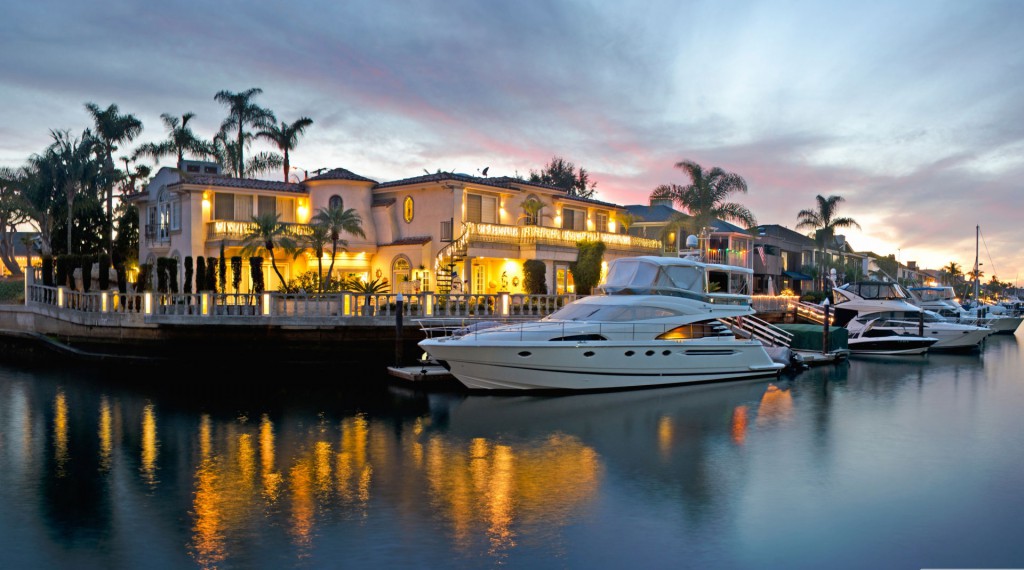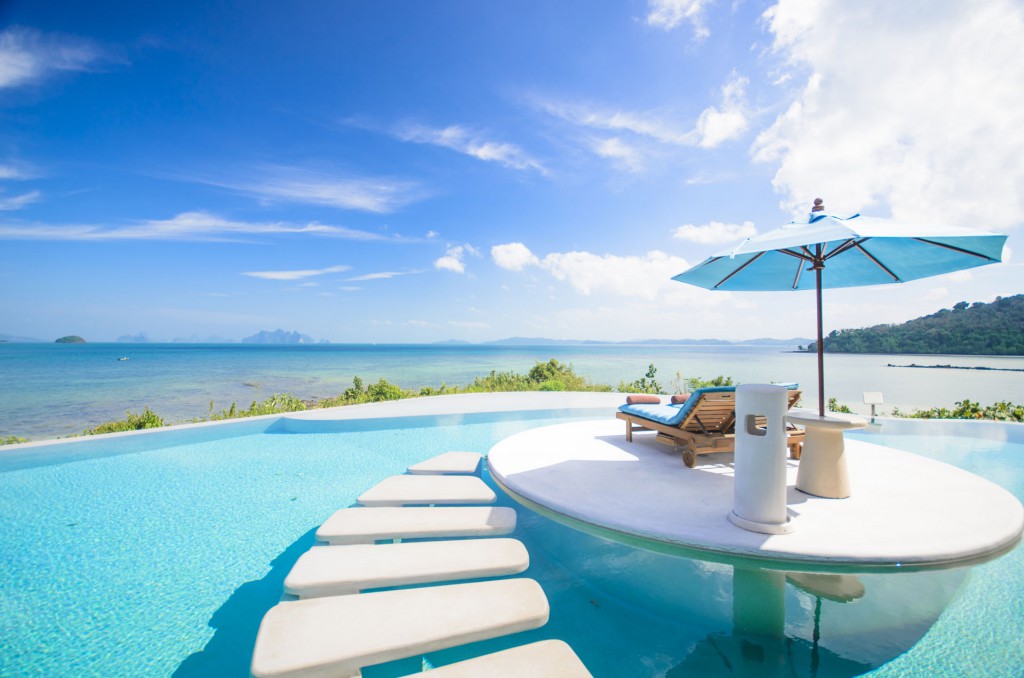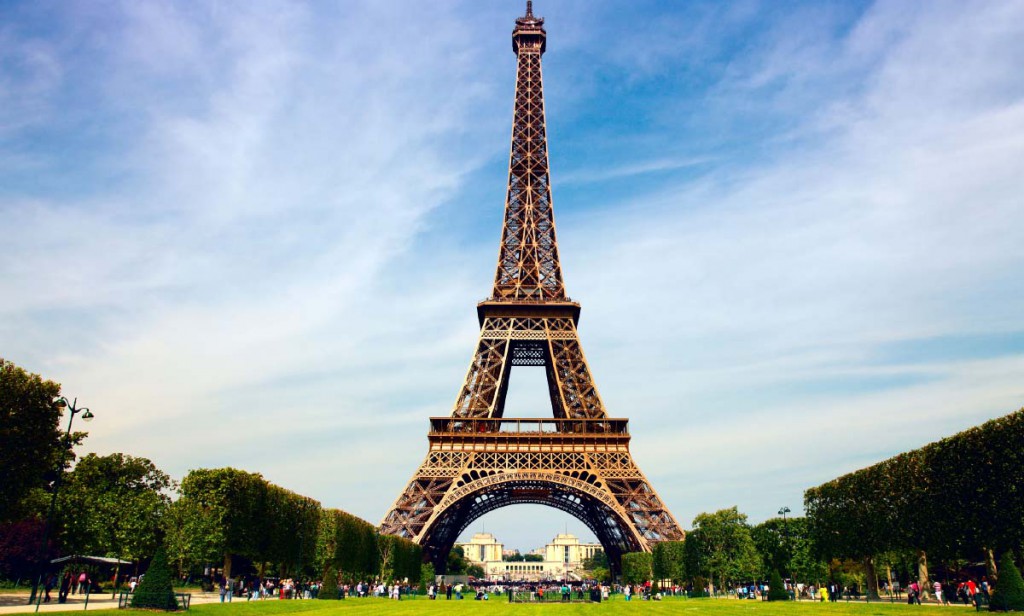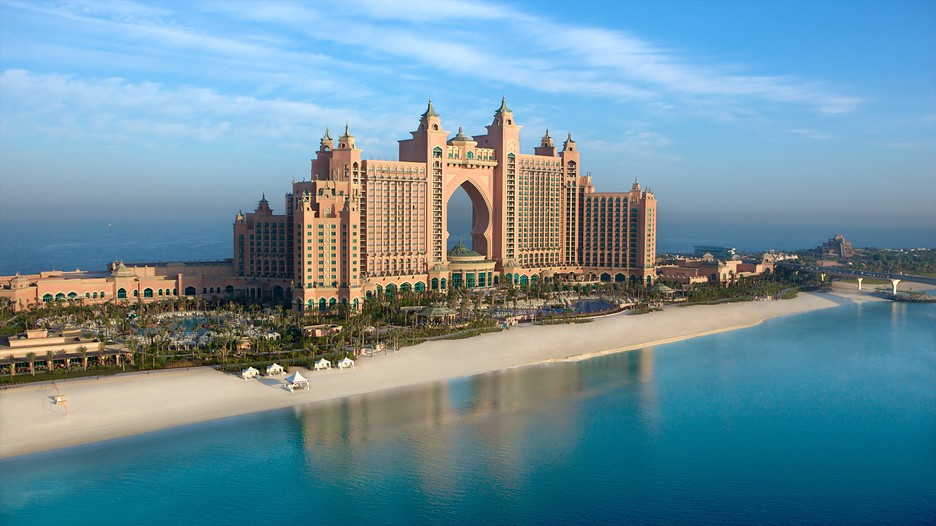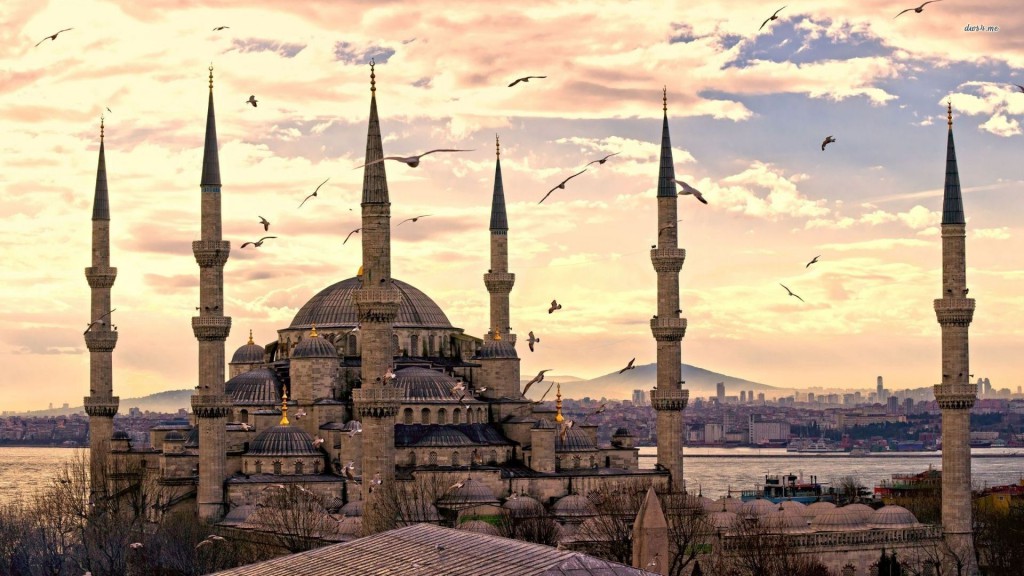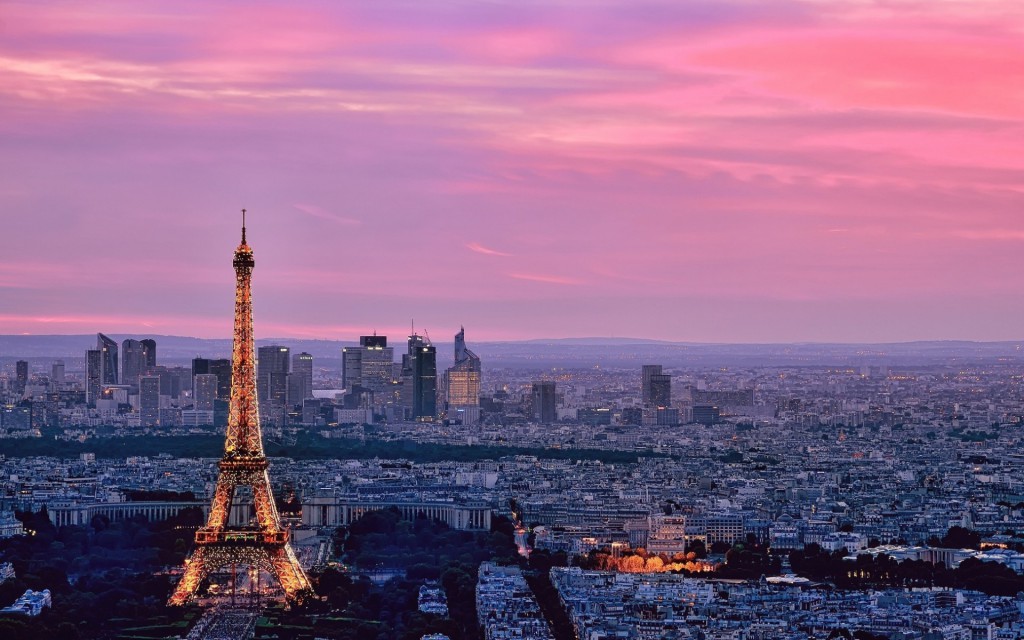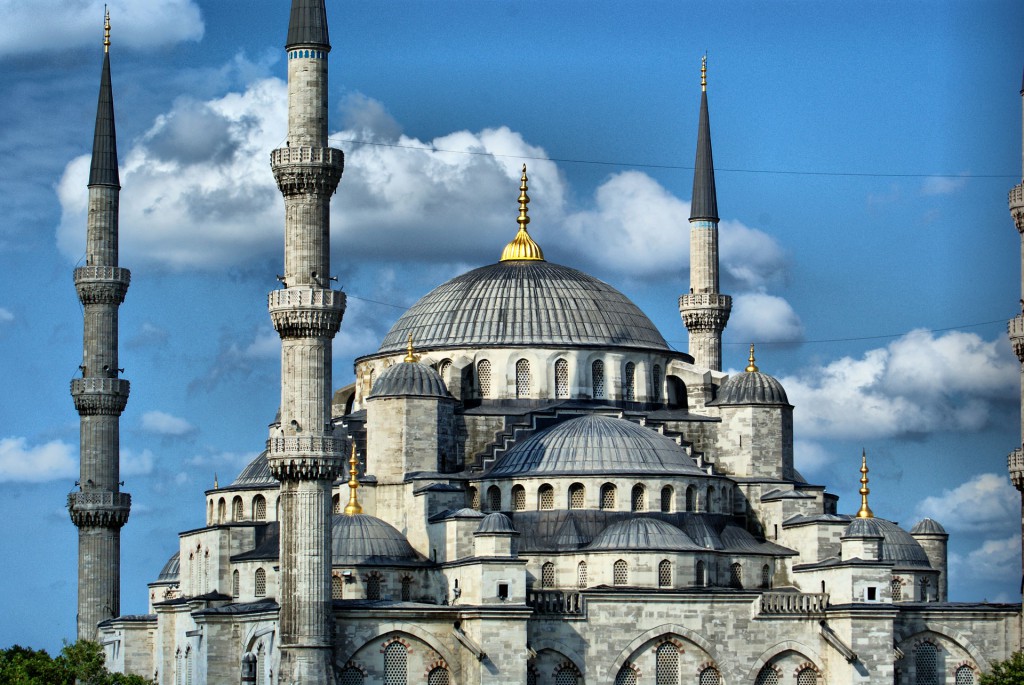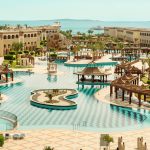Covering an area of 318 sqaure km Ahvaz is a city in the south of Iran. At the 2011 census, its population was 1,112,021 .Ahwaz has the world’s worst air pollution according to a survey by the World Health Organization in 2011.
Ahwaz is built on the banks of the Karun River and is situated in the middle of Khūzestān Province. The city has an average elevation of 20 meters above sea level. It is the largest city in Khuzestan and is regarded as that area’s capital.
History:
Ahvaz is the anagram of “Avaz” and “Avaja” which appear in Darius’s epigraph. This word appears in Naqsh-Rostam inscription as “Khaja” or “Khooja” too.
First named Ōhrmazd-Ardašēr, it was built near the beginning of the Sassanid dynasty on what historians believe to have been the site of the old city of Taryana, a notable city under the Persian Achaemenid dynasty, or the city of Aginis referred to in Greek sources where Nearchus and his fleet entered the Pafitigris. It was founded either by Ardashir I in 230 (cf. Encyclopædia Iranica, al-Muqaddasi, et al.) or (according to the Middle Persian Šahrestānīhā ī Ērānšahr) by his grandson Hormizd I; the town’s name either combined Ardashir’s name with the Zoroastrian name for God, Ōhrmazd or Hormizd’s name with that of his grandfather. It became the seat of the province, and was also referred to as Hūmšēr. During the Sassanid era, an irrigation system and several dams were constructed, and the city prospered. Examples of Sassanid-era dams are Band-e Bala-rud, Band-e Mizan, Band-e Borj Ayar and Band-e Khak. The city replaced Susa, the ancient capital of Susiana, as the capital of what was then called Khuzestān.
The city had two sections; the nobles of the city lived in one part while the other was inhabited by merchants. When the Arabs invaded the area in 640, the part of the city home to the nobility was demolished but the Hūj-ī-stānwāčār “Market of Khūz State”, the merchant area, remained intact. The city was therefore renamed Sūq al-Ahwāz, “Market of the Khuz”, a semi-literal translation of the Persian name of this quarter – Ahwāz being the Arabic broken plural of Hûz, taken from the ancient Persian term for the native Elamite peoples, Hūja (remaining in medieval khūzīg “of the Khuzh” and modern Khuzestān “Khuz State”, as noted by Dehkhoda dictionary.
During the Umayyad and Abbasid eras, Ahvaz flourished as a center for the cultivation of sugarcane and as the home of many well-known scholars. It is discussed by such respected medieval historians and geographers as ibn Hawqal, Tabari, Istakhri, al-Muqaddasi, Ya’qubi, Masudi, and Mostowfi Qazvini. Nearby stood the Academy of Gundishapur, where the modern-day teaching hospital is said to have been first established.
Ahvaz was devastated in the bloody Mongol invasions of the 13th and 14th centuries and subsequently declined into a mere village. The dam and irrigation channels, no longer maintained, eroded and finally collapsed early in the 19th century. During this time Ahvaz was primarily inhabited by the original Khuzhis (Persians) and a small number of Sabians. Although most Arab migrants fled the city, a few stayed. Some minor cultivation continued, while all evidence of sugarcane plantations is still going on in Haft Teppe area in north of Ahvaz, although ruins of sugarcane mills from the medieval era remained in existence. Several ruins of water mills also still remain in Shoush and Shoushtar.
In the 1880s, under Qajar rule, the Karun River was dredged and re-opened to commerce. A newly built railway crossed the Karun at Ahvaz. The city again became a commercial crossroads, linking river and rail traffic. The construction of the Suez Canal further stimulated trade. A port city was built near the old village of Ahvaz, and named Bandar-e-Naseri in honor of Nassereddin Shah Qajar.
Oil was found near Ahvaz in the early 20th century, and the city once again grew and prospered as a result of this new found wealth. From 1897-1925, the city of Ahvaz was in the hands of heshmatoddoleh Ghajar, whom acted as governor and Sarhang Reza Gholi Khane Arghoon as commander of Ghajari’s army based in Khuzestan. Khaz’al Khan/Sheikh Khaz’al was appointed by Mozaffareddin shah in Khorramshahr, Sardar Asad Bakhtiari as the most powerful leader of Khuzestan’s Bakhtiaries. He had power and authority over most regions of Khuzestan, such as Dezful, Shushtar, Izeh, even Ahvaz and Amir mojahede bakhtiari in Ramhormoz and Behbahan. At this time, the newly founded Ahvaz was named Nâseri in honour to its founder Nassereddin Shah Qajar. Afterwards, during the Pahlavi period, it resumed its old name, Ahvaz. The government of the Khūzestān Province was transferred there from Shûshtar in 1926. The trans-Iranian railroad reached Ahvaz in 1929 and by the World War II, Ahvaz had become the principal built-up area of interior of Khūzestān. Professional segregation remained well marked between various groups in that period still feebly integrated: Persians, sub-groupings of Persians and Arabs. Natives of the Isfahan region held an important place in retail trade, owners of cafes and hotels and as craftsmen
Weather and climate:
Ahvaz’s climate is a desert one. There is virtually no rainfall all year long in Ahvaz. Precipitation is the lowest in June, with an average of 0 mm. In January, the precipitation reaches its peak, with an average of 50 mm.
At an average temperature of 36.2 °C, July is the hottest month of the year. At 12.4 °C on average, January is the coldest month of the year.
Demographics:
44.8 Percent of ahvazis are Persians , there are arab tribes which make up 35.7 percent of ahvaz’s population and a 15.8 percent Lor minority , there are also very few kurds and turks in ahvaz .
Most of ahvazis are twelver shia muslims but there are also followers of various sects of Christianity and Ashouri faith and Zoroastrianism
Transportation:
All sorts of public transportation are available in Ahvaz to get around the city including: buses and taxis. Ahvaz also has a railway station , a bus terminal and an airport ( Ahvaz Airport).
Tourism:
Ahvaz is the home to historical houses and some religious attractions such as the tomb of mahziar. Ahvaz also has warm friendly people.
- Population: 565656
- Pre phone number: 0098
- Time zone: 3
-
Ahvaz Pars Hotel, established in 1969, is spread over 5 floors in the vicinity of the famous bridge (white bridge) over Karun River. This hotel...
See more
Lorem ipsum
dolor sit amet, consectetur adipiscing elit, sed do eiusmod tempor incididunt ut labore et dolore magna aliqua. Egestas purus viverra accumsan in nisl nisi. Arcu cursus vitae congue mauris rhoncus aenean vel elit scelerisque. In egestas erat imperdiet sed euismod nisi porta lorem mollis. Morbi tristique senectus et netus. Mattis pellentesque id nibh tortor id aliquet lectus proin. Sapien faucibus et molestie ac feugiat sed lectus vestibulum. Ullamcorper velit sed ullamcorper morbi tincidunt ornare massa eget. Dictum varius duis at consectetur lorem. Nisi vitae suscipit tellus mauris a diam maecenas sed enim. Velit ut tortor pretium viverra suspendisse potenti nullam. Et molestie ac feugiat sed lectus. Non nisi est sit amet facilisis magna. Dignissim diam quis enim lobortis scelerisque fermentum. Odio ut enim blandit volutpat maecenas volutpat. Ornare lectus sit amet est placerat in egestas erat. Nisi vitae suscipit tellus mauris a diam maecenas sed. Placerat duis ultricies lacus sed turpis tincidunt id aliquet.


